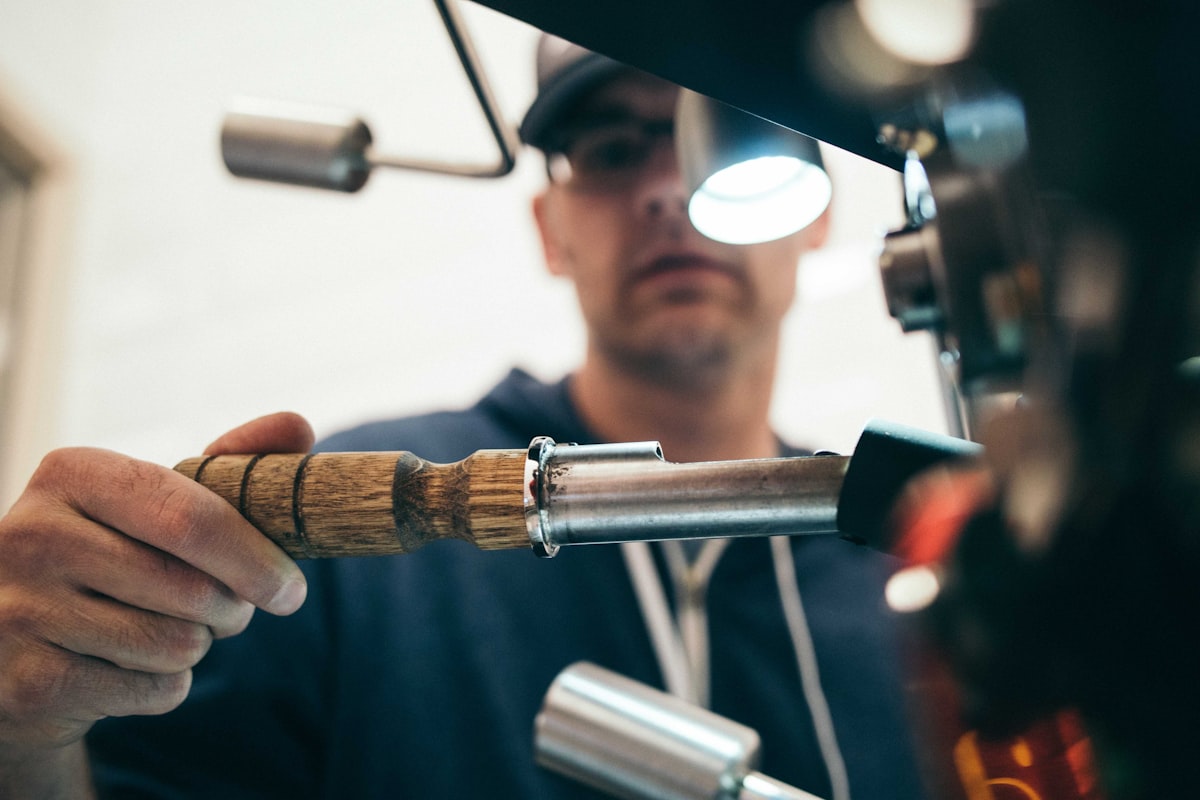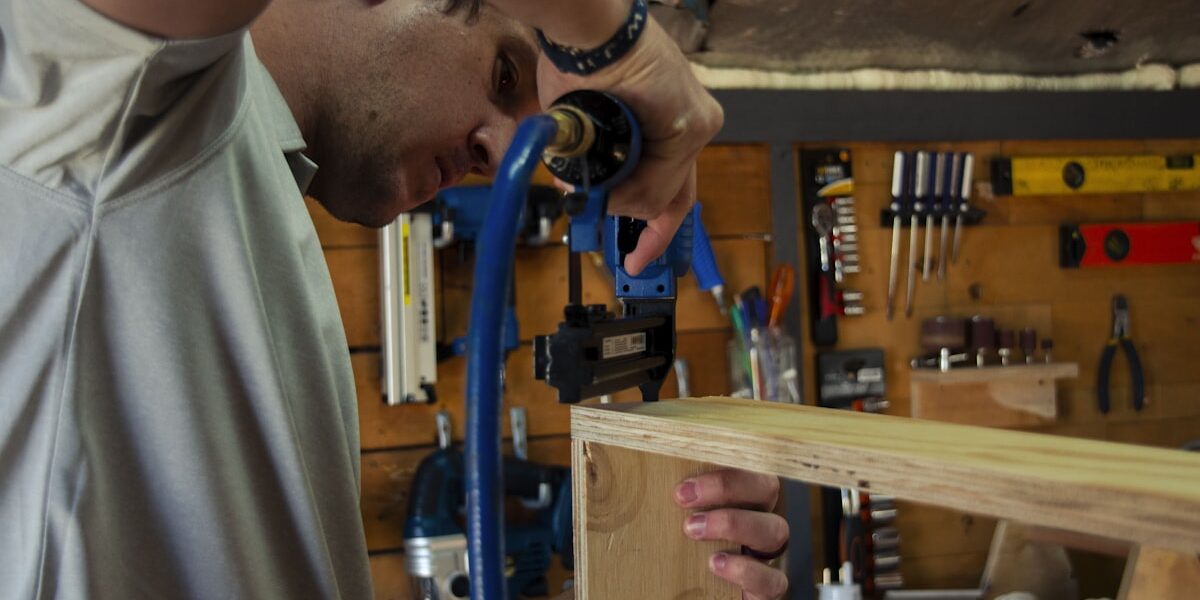Wood Furniture Design
Wood furniture has been an integral part of human history. Its versatility, durability, and beauty have made it a preferred choice for millennia. Understanding the intricacies of wood furniture design involves delving into various aspects such as types of wood, design styles, construction techniques, and finishes.
Types of Wood
Different types of wood bring varied characteristics to furniture design. Here are some of the most commonly used woods:
- Oak – Known for its strength and durability, oak is frequently used in furniture making. Its coarse texture and prominent grain pattern add a rustic charm.
- Maple – Maple is smooth and fine-grained. It’s a hard wood that resists scratches and dents, making it ideal for heavy-use furniture.
- Cherry – Cherry wood ages gracefully. Its rich, reddish-brown color deepens over time, creating a warm aesthetic.
- Walnut – Walnut’s dark, rich tones and straight grain patterns make it a favorite for high-end furniture. Its stability and strength are other bonuses.
- Pine – Pine is softer and more affordable. Its light color and natural knots give a casual, country-style feel.
Design Styles
Furniture design spans a range of styles, each with distinct characteristics that cater to different aesthetics and functional needs.
Traditional
Traditional wood furniture draws inspiration from historical styles. It often features ornate carvings, dark stains, and classic shapes.
Modern

Modern design emphasizes simplicity and function. Clean lines, minimal ornamentation, and sleek finishes usually define this style.
Rustic
Rustic furniture showcases natural beauty. It’s characterized by rough textures, reclaimed wood, and an unfinished look that adds coziness.
Mid-Century Modern

Mid-century modern is marked by organic shapes, tapered legs, and a blend of different materials, highlighting the wood’s natural appearance.
Industrial
Industrial design combines wood with metal. It’s often seen in urban lofts, incorporating a rugged feel with exposed hardware.
Construction Techniques
Good construction is crucial for long-lasting furniture. Several techniques are commonly employed in wood furniture design:
Joinery
Joinery involves interlocking pieces of wood without using much else. Dovetail joints, mortise and tenon, and finger joints are examples. Skilled joinery enhances strength and visual appeal.
Lamination
Lamination glues thin layers of wood together. This technique is used to create curves and improve structural integrity. It can add to both aesthetics and function.
Carving and Turning
Carving adds intricate details, while turning shapes wood by spinning it on a lathe. These techniques are often used for decorative purposes in chairs, tables, and bedposts.
Finishes
Finishing touches play a critical role in the final appearance and protection of wood furniture. Different finishes include:
Staining
Stains penetrate the wood, enhancing its natural color and grain. Stains can be light, medium, or dark, depending on the desired look.
Lacquering
Lacquer forms a hard, protective layer. Available in various sheens, from matte to high-gloss, lacquer provides both protection and a polished look.
Oil Finish
Oils like linseed and tung oil soak into the wood, giving it a natural feel. Oiled finishes need regular upkeep but offer a rich, tactile experience.
Wax Finish
Wax gives a soft sheen and offers moderate protection. It’s easy to apply and repair, making it popular for pieces with a vintage or distressed look.
Paint
While not traditional, paint can transform wood furniture. It’s used to create bold, colorful designs or to achieve specific styles like shabby chic.
Eco-Friendly Practices
With growing environmental awareness, eco-friendly furniture design is gaining traction. This includes using sustainably sourced wood, non-toxic finishes, and recycling old furniture.
Sustainably Sourced Wood
Certified wood comes from responsibly managed forests. Look for certifications like FSC (Forest Stewardship Council) to ensure sustainability.
Reclaimed Wood
Reclaimed wood repurposes timber from old structures. It adds a unique, weathered character to furniture while reducing waste.
Non-Toxic Finishes
Finishes free from volatile organic compounds (VOCs) are healthier for users and the environment. Natural oils and water-based varnishes are good options.
Wood Furniture in Interior Design
Incorporating wood furniture into interior design involves balancing aesthetics with functionality. Consider these elements:
Color Coordination
Wood tones should complement the overall color scheme. Light woods work well in airy, open spaces, while dark woods add depth and sophistication.
Proportion and Scale
The size of the furniture should suit the available space. Oversized pieces can overwhelm a room, while too-small items might feel insignificant.
Mixing Materials
Combining wood with other materials like metal, glass, or fabric can add interest and balance. This approach is especially effective in contemporary designs.
Care and Maintenance
Proper care extends the life of wood furniture. Regular dusting, avoiding direct sunlight, and using coasters and placemats help maintain its appearance.
Cleaning
Dust regularly with a soft cloth. Clean spills immediately with a damp cloth, avoiding harsh chemicals that can damage the finish.
Polishing
Polish wooden furniture periodically to restore its luster. Use products designed for wood to avoid buildup and residue.
Repair
For minor scratches, a touch-up marker or paste can work wonders. Deeper gouges may require professional restoration.
Trends in Wood Furniture Design
Trends in wood furniture design change with time, reflecting broader cultural shifts and technological advancements.
Minimalism
There’s a growing preference for minimalist designs. Simplified, functional furniture without unnecessary embellishments is favored.
Customization
Custom-made furniture caters to personal tastes and unique space requirements. Bespoke pieces are becoming more accessible.
Technology Integration
Modern furniture often incorporates technology, like charging stations and hidden compartments, blending tech with traditional craftsmanship.
Wood furniture design remains an evolving field, adapting to new trends while honoring time-tested techniques.
“`


Subscribe for Updates
Get the latest articles delivered to your inbox.
We respect your privacy. Unsubscribe anytime.